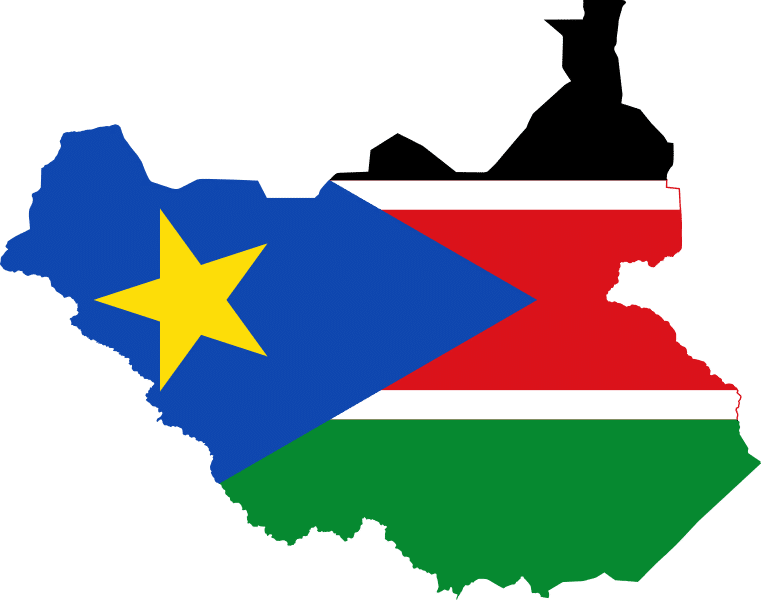Help our local partners realise their vision of hope for their communities

To what extent does the escalation of conflict link with the spread of HIV? Within the context of South Sudan, data seems to suggest that a link can at least be made between difficulty in preventing HIV and the effects of war within local communities. South Sudan has been experiencing civil war since 2013, as forces of the de facto government and opposition forces ignited combat shortly after the country became an independent state in 2011.
Although rates of HIV infection are ranked as low within South Sudan, especially compared to other sub-Saharan African countries, an estimated 3% of the population have HIV. As the civil war continues, certain worrying trends have been recognised through data collection. Primarily, UNAIDS has documented a rise in HIV infections since 2010, as from 14,000 to 19,000 people have been infected in this period. Additionally, UNAIDS has stated that 24% of people infected with HIV are aware of their status, and 16% are currently being treated.
Gender-Based Violence
Gender-based violence has been rampant within the South Sudanese conflict, and can be connected to the spread of HIV within the country. Rape during war has recently been reframed as a ‘weapon of war’, understood as a strategic tool used in conflict by fighters. South Sudan is no exception, with both government and opposition forces being accused of having engaged in acts of sexual abuse. Amnesty International has reported that certain victims of rape have reportedly contracted HIV within South Sudan; this finding is in line with data estimating that five in every 100 pro-government soldier is HIV positive. Furthermore, spreading HIV through rape would seem a cohesive strategy with what is often defined as the logic underpinning mass rape during war: the ability to humiliate and destroy communities through sexual violence.
Other instances of gender-based violence resulting from the war in South Sudan have also been mentioned as aiding the spread of HIV. A notable example is the phenomenon of forced prostitution, which has seen numerous women sell sex in order to sustain themselves and their family unit in the difficult economic conditions created by the war. The South Sudan Mode of Transmission study, executed in 2014, revealed that 42% of newly infected people had engaged with sex workers. This highlights that both those buying and selling sex may lack either the accessibility or the knowledge to engage in safe sex.
Sexual Health Education
Although instances of violence during the South Sudanese conflict have played a role in the spreading of HIV, it would seem that an underlying lack of knowledge surrounding sexual health is also to blame. The aforementioned South Sudan Mode of Transmission study determined that the principle ways in which HIV had spread within the country was through heterosexual intercourse, followed by infection passed on by the mother to the child. Aside from demonstrating a lack of adequate treatment towards HIV patients, it also shows an absence of understanding of HIV and sexual health in general. Sex education in South Sudan is not prevalent, and gender stereotypes heavily infringe upon the practice of safe sex within communities. For example, the use of condoms is not widespread as using a condom is understood as an immoral act that could signify someone having intercourse with multiple partners.
In South Sudan, sexual health education is seen by some to be immoral in itself and as a way of promoting intercourse within the younger generations. This resistance to knowledge surrounding sex also has an impact on escalating the stigmatisation felt by people living with HIV, who can be isolated from their communities due to misinformation surrounding the infection. Those stigmatised due to HIV can unfortunately already associate with groups of people that are shunned by larger communities, such as sex workers, sexual abuse survivors and homosexual males, leaving them further secluded within society.
Addressing the Spread of HIV
Despite the documented rise in HIV infections within South Sudan, the ongoing war has created obstacles within the country in addressing this issue. This is predominantly due to the disruptions in the health system and the damage in health infrastructure that has been caused by the conflict. Not only has this rendered treating HIV patients difficult, but it has also limited the ability of testing the population for HIV, leading some NGOs to believe that the figures collected surrounding HIV infection within South Sudan are inaccurate and can be estimated to be higher.
However, both actors within and outside South Sudan have been active in recent years in attempting to treat and prevent further infection by HIV, despite the conflict continuing. In 2018, the South Sudanese government introduced a new policy to combat HIV, named the National Strategic Plan (NSP) for HIV/AIDS. Speaking to the UN, the vice president of South Sudan, James WaniIgga, had vowed a commitment towards HIV prevention and treatment and had asked for adequate funding to be given by the international community. Furthermore, multiple NGOs are working on all fronts to fight against HIV within South Sudan; from Doctors Without Borders who have introduced mobile test-and-treat clinics to address infrastructure challenges to the Okay Africa Foundation who run educative campaigns on HIV and sexual health.
by Emma Faverio